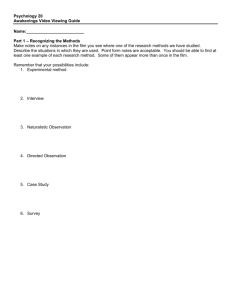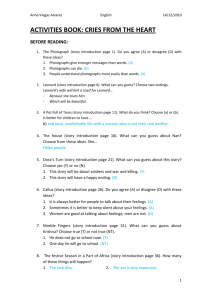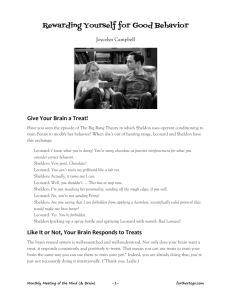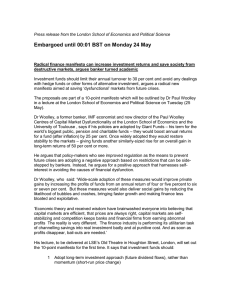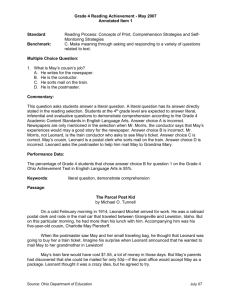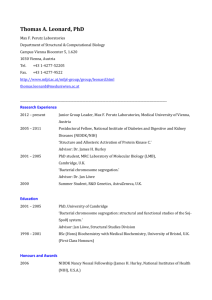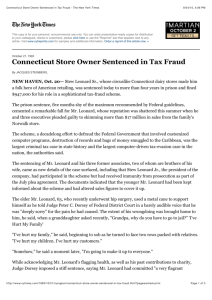Time Line
advertisement
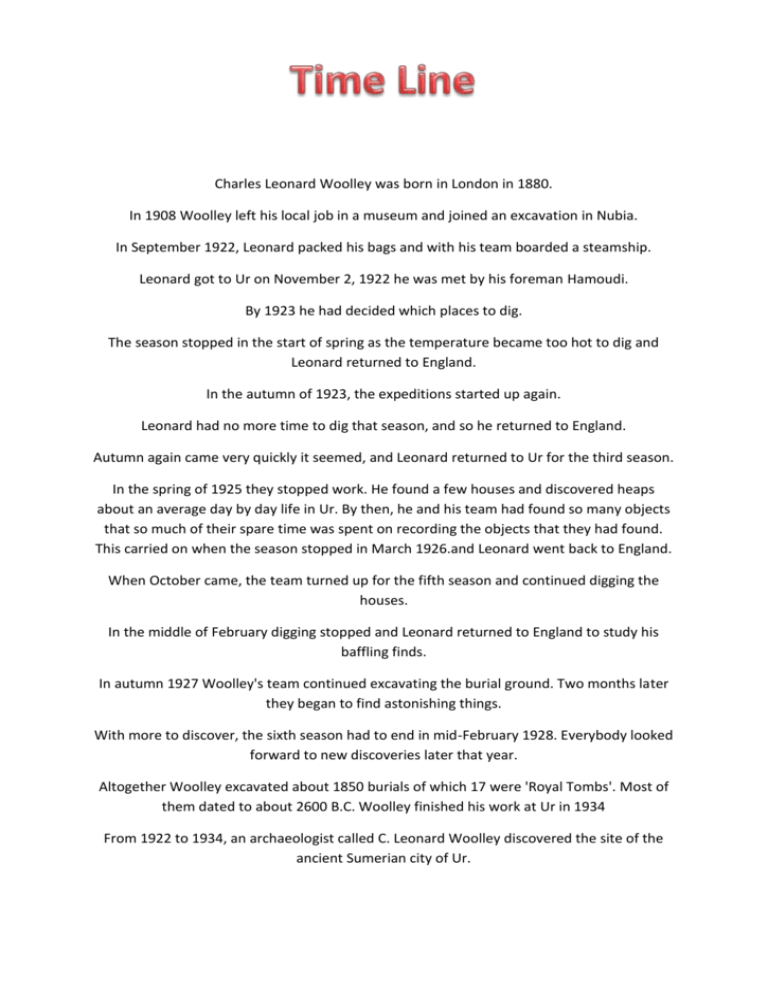
Charles Leonard Woolley was born in London in 1880. In 1908 Woolley left his local job in a museum and joined an excavation in Nubia. In September 1922, Leonard packed his bags and with his team boarded a steamship. Leonard got to Ur on November 2, 1922 he was met by his foreman Hamoudi. By 1923 he had decided which places to dig. The season stopped in the start of spring as the temperature became too hot to dig and Leonard returned to England. In the autumn of 1923, the expeditions started up again. Leonard had no more time to dig that season, and so he returned to England. Autumn again came very quickly it seemed, and Leonard returned to Ur for the third season. In the spring of 1925 they stopped work. He found a few houses and discovered heaps about an average day by day life in Ur. By then, he and his team had found so many objects that so much of their spare time was spent on recording the objects that they had found. This carried on when the season stopped in March 1926.and Leonard went back to England. When October came, the team turned up for the fifth season and continued digging the houses. In the middle of February digging stopped and Leonard returned to England to study his baffling finds. In autumn 1927 Woolley's team continued excavating the burial ground. Two months later they began to find astonishing things. With more to discover, the sixth season had to end in mid-February 1928. Everybody looked forward to new discoveries later that year. Altogether Woolley excavated about 1850 burials of which 17 were 'Royal Tombs'. Most of them dated to about 2600 B.C. Woolley finished his work at Ur in 1934 From 1922 to 1934, an archaeologist called C. Leonard Woolley discovered the site of the ancient Sumerian city of Ur.

